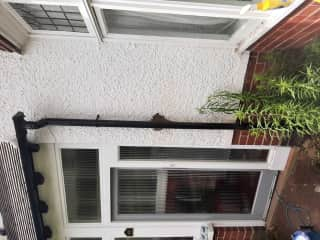You don’t always need to replace your gutters with your roof. Often people think that it’s a requirement, or simply the best thing to do, but it’s not always necessary. The reason why people think it’s required is because to re-roof a home, the guttering often needs to be removed and put back on.
If the time has come to replace your roof, then the chances are that your guttering is pretty old too. When you start to get quotes for your roof replacement, ask the roofer to take a look at your guttering as well. If there are signs of peeling, rust, cracks or sagging, then it makes sense to replace your gutters with your roof. If you get them done at the same time, you’ll save money labour costs, which is the reason why most homeowners do it.
Another reason to replace your gutters with your roof is the risk of damage. Re-roofing is a significant project, so the guttering needs to come off most of the time – running the risk of brackets and pipes getting damaged in the process. So if your guttering is still looking good right now but you think it might need replacing in a couple of years, it might be worth just doing it at the same time as your roof to save you money and the stress if damage does occur.
However, if your guttering has only recently been replaced, then there’s no need to replace it again with your roof. But because it needs to come off, make sure you speak to the roofing company about keeping it safe and doing their best to avoid damage. It’s also worse ensuring that they have the correct insurance to cover you both in case your guttering does get damaged during your roof replacement.






